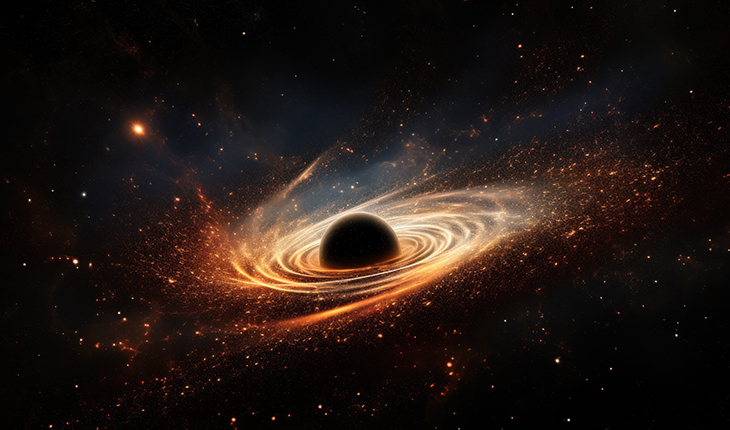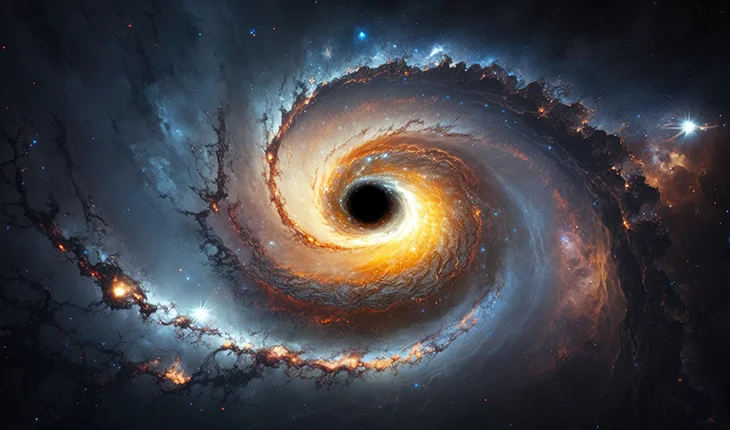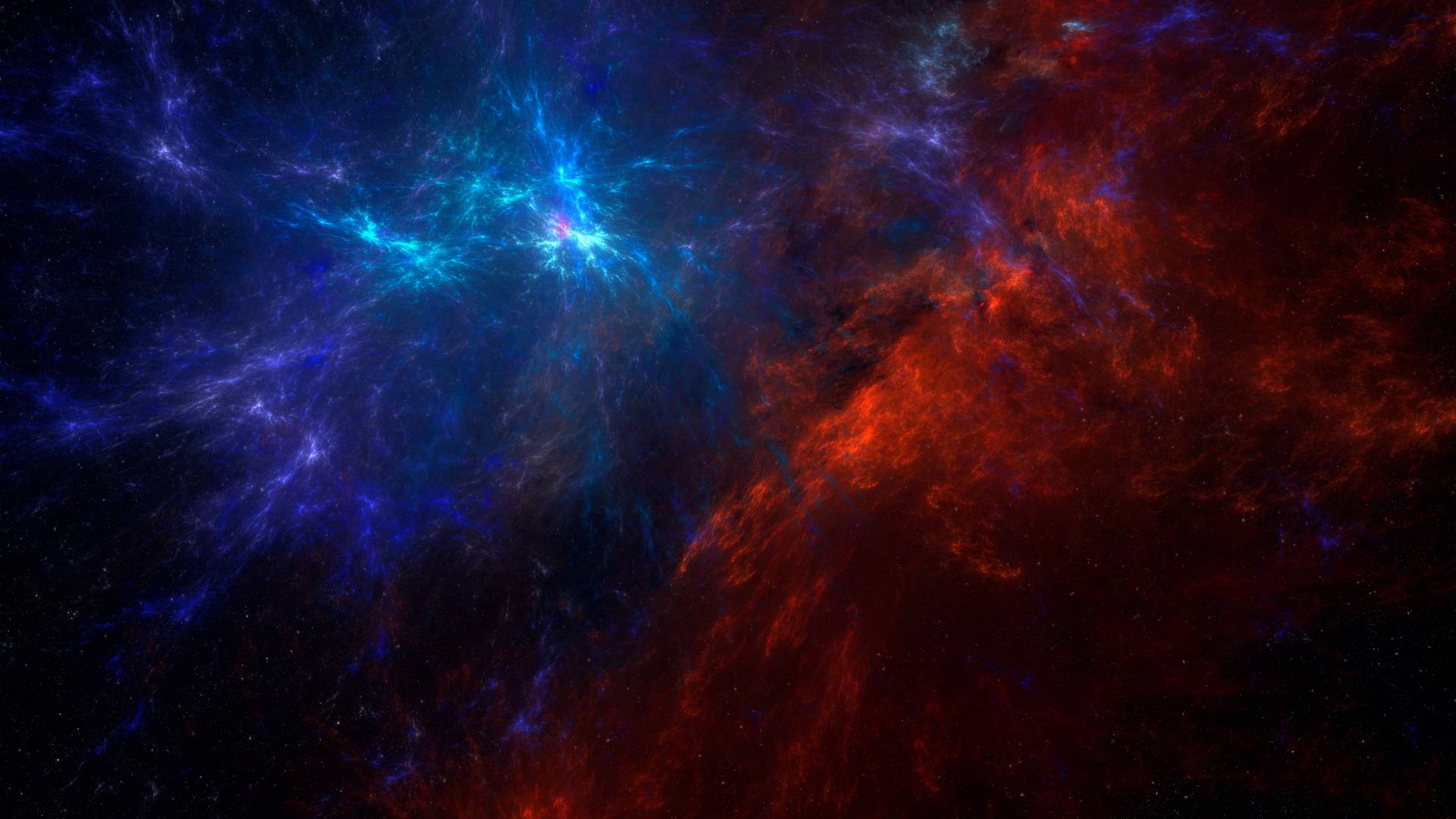As we gaze into the vast expanse of the night sky, our Milky Way galaxy unveils many celestial wonders. Among these enigmatic entities, black holes are captivating and mysterious cosmic phenomena. In this article, we embark on a journey to explore the question: How many black holes are there in our Milky Way?
How many black holes are there in our solar system?
Even after more than 50 years have passed since the first black hole was discovered, there is still more theory surrounding these objects than actual observation. There are only a few dozen stellar-mass black holes known to science, and even then, only because they are part of binary systems that absorb material from a companion star that is still bright. Moreover, these might be the rare exceptions rather than the norm. Most of the estimated 100 million black holes believed to be present in the Milky Way drift through space by themselves, motionless, dark, and hard to directly observe.
History of black holes
Let’s understand what black holes are first before diving into the numbers. The remnants of massive stars that experienced gravitational collapse form these celestial wonders. Black holes are invisible to conventional telescopes because of the strong gravitational attraction surrounding them, which prevents anything from escaping, not even light.
What are the 4 types of black holes?
The four categories are stellar, intermediate, supermassive, and miniature black holes. Stellar death is the most widely understood process by which a black hole forms. Most stars will inflate, lose mass, and cool to form white dwarfs when their lives end.

Estimating Black Hole Numbers:
There must be about 100 million black holes in our home galaxy because the Milky Way has over 100 billion statistics. We wish to discuss black holes even though it is challenging to detect them, and NASA estimates that there may be up to 10 million to a billion stellar black holes in the Milky Way.
Stellar Black Holes:
Stellar-mass black holes are the most common type, forming when massive stars exhaust their nuclear fuel and collapse under their gravity. Astronomers estimate that hundreds of thousands to millions of stellar-mass black holes could be scattered throughout the Milky Way.
Intermediate-Mass Black Holes:
Supermassive and intermediate-mass black holes are more elusive due to their masses falling between those of stars. Our galaxy still has unknown numbers, even though some have been found. According to studies, many of them might be hidden in dense star clusters.
Supermassive Black Hole at the Galactic Center:
A supermassive black hole named Sagittarius A* dominates at the heart of our Milky Way. It has a mass equivalent to millions of suns. While it’s the most prominent black hole in our galaxy, other lurking supermassive black holes could be in less-explored regions.
Primordial Black Holes:
Theoretically, primordial black holes that originated in the early universe could exist. But it’s still difficult to find them. Uncovering the existence and quantity of these old cosmic objects is the goal of ongoing research.
How many black holes are there in the universe?
Previous attempts to estimate the number of black holes in the universe were hampered by the lack of complete data, primarily regarding star and stellar populations. Astronomers have finally received direct knowledge about the population of black holes in the universe thanks to many recent gravitational wave discoveries and detections of black holes. By integrating data on stars, black holes, and the overall evolution of stars and the universe, astronomers have arrived at the first reliable estimate of the number of black holes in the universe: 40 quintillion. It surpasses nearly everyone’s expectations.
Related Contents:
Where do Black Holes Take You?
Some Black hole facts
- Theoretically, gravity would splay you out like spaghetti if you fell into a black hole, but you would die before you reached the singularity. However, a 2012 study published in Nature proposed that the event horizon would behave like a wall of fire due to quantum effects, instantly burning you to death.
- The massive black hole is not a vacuum; suction results from pulling something into one. As opposed to this, things fall into them in the same manner as they fall toward the Earth or anything else that has gravity.
- A star may be ripped apart if it comes too close to a black hole.
- Between 10 million and 1 billion stellar black holes, each with a mass about three times that of the sun, are thought to exist in the Milky Way.
Is a black hole Endless?
However, current knowledge indicates that black holes evaporate, gradually releasing their energy into the universe. By examining the area near a black hole horizon using the principles of quantum mechanics, a renowned physicist and author Stephen Hawking demonstrated this in 1974.
The quest to determine the exact number of black holes in our Milky Way continues to be an exciting and evolving field of astrophysics. While estimates exist for stellar-mass black holes, the elusive Nature of intermediate-mass and primordial black holes leaves room for further discovery and exploration. As technology advances and observational techniques improve, our understanding of these cosmic enigmas will deepen, unveiling more secrets of our extraordinary galactic neighborhood.



